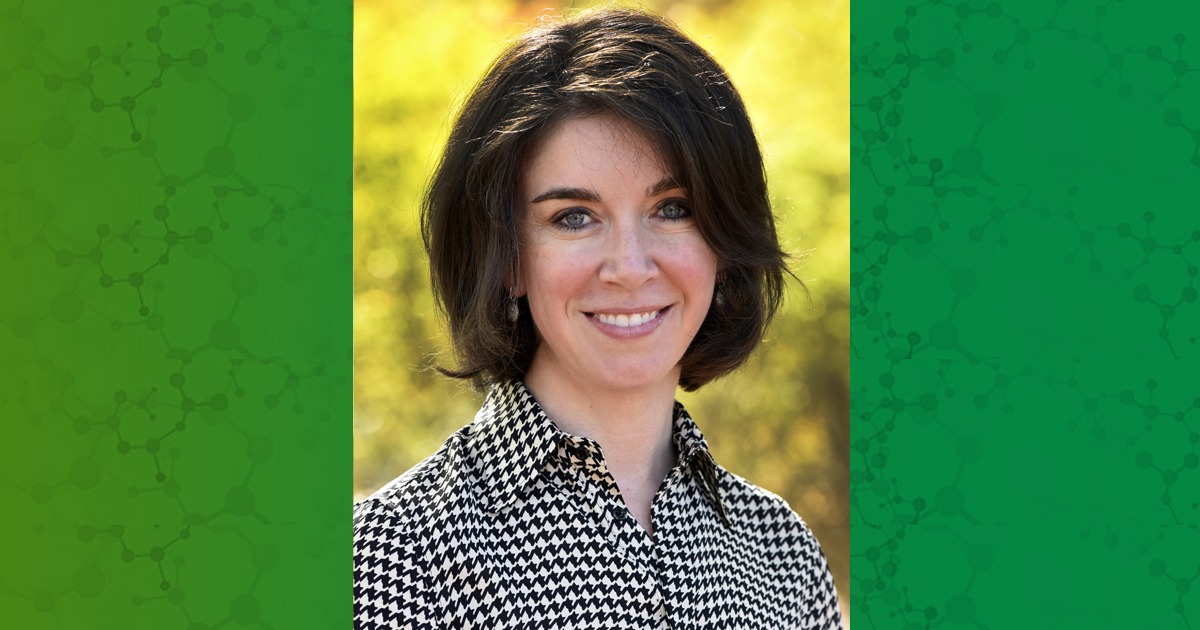NIEHS efforts have demonstrated how knowledge of the exposome, or the totality of our environmental exposures can be harnessed to transform research on human health and disease. Now, the publication of a high-impact, clinically relevant paper from a decades-long study of environmental exposures demonstrates that a framework known as precision environmental health is coming of age.
Creating the evidence base
The Personalized Environment and Genes Study (PEGS) has collected health, family history, environmental exposures, and lifestyle data on more than 20,000 North Carolinians since its inception 20 years ago. The PEGS research team has compiled genetics data on a subset of that cohort by sequencing the whole genomes of 4,700 participants.
In a study published in November in the journal Diabetes Care, NIEHS researchers examined how this data can be tapped to predict a person’s risk of developing type 2 diabetes. Using statistical methods and machine learning, they identified 76 environmental exposures associated with the disease.
“We were able to recapitulate known risk factors, as well as identify previously unknown associations with asbestos and coal dust exposure, which was really interesting,” said lead study author Alison Motsinger-Reif, Ph.D., chief of the Biostatistics and Computational Biology Branch.
The team combined 13 of these environmental exposures to create a predictive value known as a polyexposure score (PXS). They compared the predictive performance of this score with a polygenic risk score (PGS) based on genomic variants associated with diabetes and an overall clinical score (OCS) built using established risk factors such as BMI and prediabetes.
To their surprise, the researchers found that the scores based on environmental exposures provided a much stronger indicator of type 2 diabetes odds than those based on genetics.
“Our findings provide a good demonstration of precision environmental health in one disease,” said Motsinger-Reif, adding that her team can now expand this approach to any of the common complex traits, starting with hypertension, stroke, and other cardiovascular diseases.
The study is expanding in other ways, such as moving beyond self-reported environmental exposures to more granular and reliable measures like incorporating geospatial data, epigenetic data, and health records data from partner institutions the University of North Carolina and Duke University.
“We are now better positioned to advance the scientific framework we call precision environmental health,” said NIEHS and National Toxicology Program Director Rick Woychik, Ph.D.
Precision environmental health combines environmental exposure research with genetic and epigenetic analysis to gain a more complete picture of a person’s disease risk. Precision environmental health is also informed by exposomics, and both are key focus areas for NIEHS that will be featured in the institute’s next strategic plan.
Catalyzing the conversation
NIEHS’s sweeping efforts regarding the advancement of exposomics has included promoting the concept through meetings, workshops, and webinar series, as well as supporting its implementation through technology development, infrastructure support, and funding individual studies, said Yuxia Cui, Ph.D., health scientist administrator in the NIEHS Exposure, Response, and Technology Branch.

A recent series of virtual workshops, co-organized by Cui, continued those long-lasting efforts. The series, titled “Accelerating Precision Environmental Health: Demonstrating the Value of the Exposome,” included five interactive virtual workshops and a summit from July through September. The series employed the innovative open space technology, a meeting format that allowed each workshop to be open, self-directed, and completely collaborative.
As a result, everyone in attendance had a chance to set the agenda, lead discussions, and help create a path forward for the field. More than 400 unique individuals from around the globe participated.
One of the key outcomes from the workshop series was to collect data to help formulate an operational model on how to conduct experiments in exposomics. There was a consensus to establish a community of practice to guide best practices and enable coordination among various exposome efforts.
According to Cui, more than 200 pages of meeting reports emerged from the discussions, which will be helpful to define next steps for operationalizing exposomics. A lot of work remains to be done.
“Those notes contain many great ideas proposed and research gaps identified that can inform individual researchers and programs as well as exposome initiatives supported by NIH or other institutions,” she said. Currently, she and others at NIEHS are working to prioritize those ideas in order to develop an operational model that will help investigators know and understand how to collect exposomic data that can be shared across the biomedical research community.
Citation: Akhtari FS, Lloyd D, Burkholder A, Tong X, House JS, Lee EY, Buse J, Schurman SH, Fargo DC, Schmitt CP, Hall J, Motsinger-Reif AA. Questionnaire-based polyexposure assessment outperforms polygenic scores for classification of type 2 Diabetes in a multiancestry cohort. Diabetes Care; doi:10.2337/dc22-0295 [Online 16 November 2022].
(Marla Broadfoot, Ph.D., is a contract writer for the NIEHS Office of Communications and Public Liaison.)
Source link
factor.niehs.nih.gov


